Please review the presentation below, Understanding Cultural Diversity, and then complete the accompanying quiz.
Employee Training Presentation
Understanding
Cultural Diversity

Learning Objectives
1. Gain knowledge to deal effectively with cultural differences
2. Learn to identify the different components of cultural communication
3. Be able to bridge cultural communication barriers

Culture
• Provides us with our identity, beliefs, values, and behavior.
• Is learned as a part of the natural process of growing up in a family and community and from participating in societal institutions.
• Is the conscious and unconscious content that a group learns, shares, and transmits from generation to generation that organizes life and helps interpret existence.
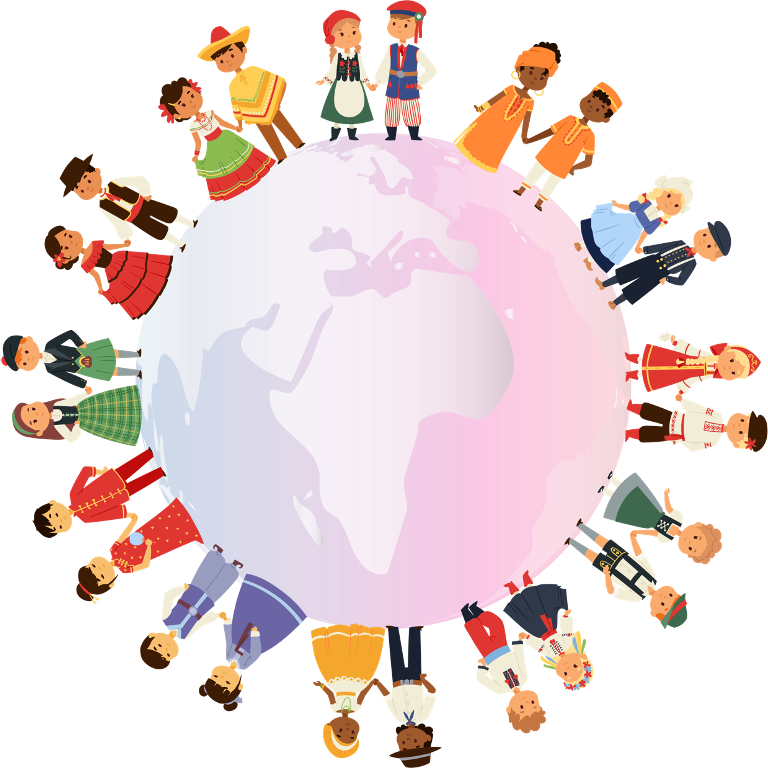
What is Diversity?
• Diversity is about people - differences in racial and ethnic, socioeconomic, geographic, and academic/professional backgrounds
• It’s about the environment we work in
• It’s how we act in all that we do with members of the ‘Team’
Its understanding the differences that make each person special
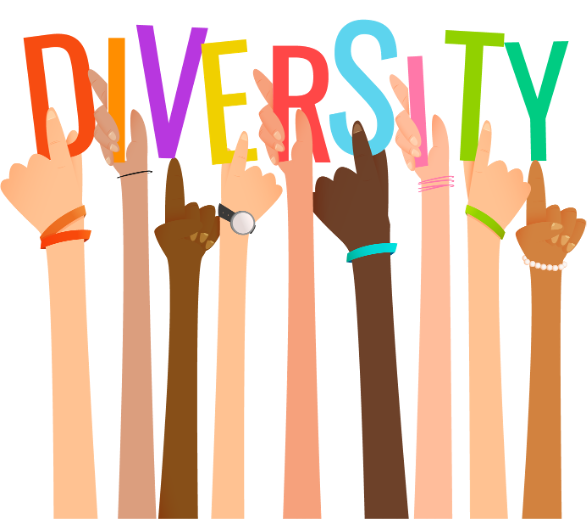
What is Inclusion?
• Inclusion (including) involves bringing together diverse forces and resources in a way that is beneficial.
• Inclusion puts the concept and practice of diversity into action by creating an environment of involvement, respect, and connection.
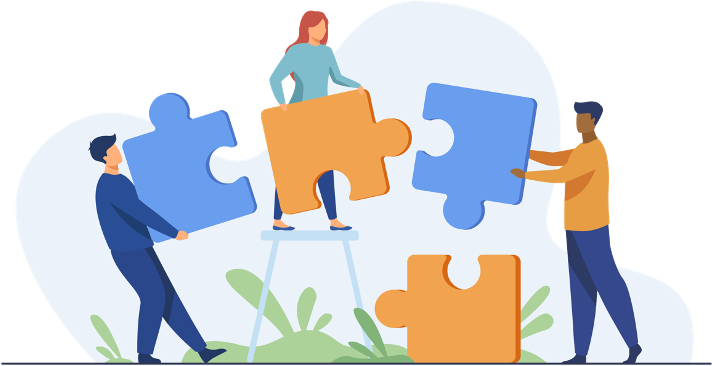
What is the Difference Between Diversity and Inclusion?
• Diversity is simply a representation of many different types of people (gender, race, ability, religion, etc.) and is referred to as “the mix.”
• Inclusion is the deliberate act of welcoming diversity and creating an environment where all different kinds of people can thrive and succeed and is making “the mix work”
• Diversity is what you have. Inclusion is what you do.
Complexities of Diversity – The Diversity Wheel
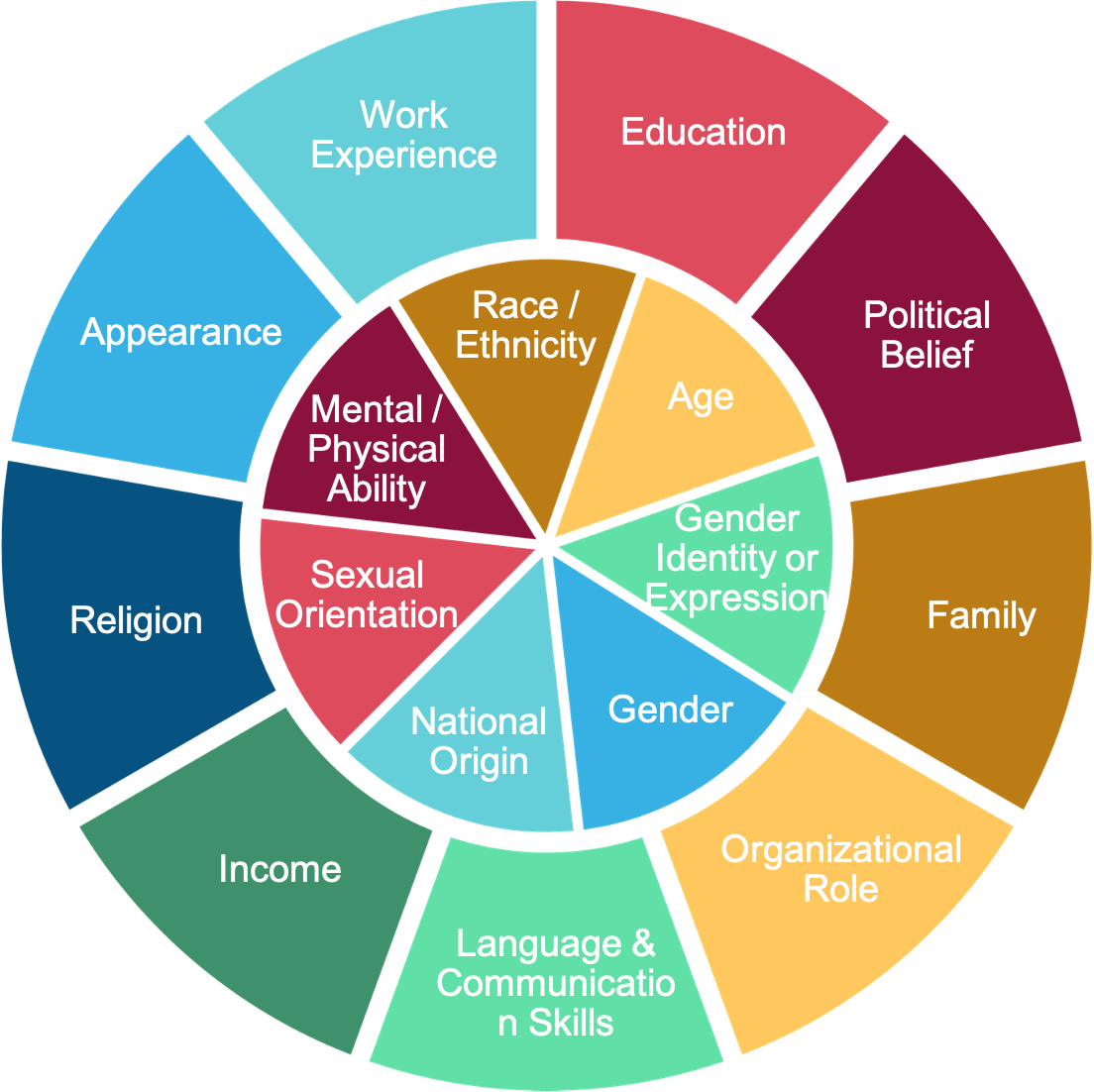
Cultural Competence
• Cultural competence refers to an ability to work well with people of different cultural backgrounds.
• Cultural competence is the ability to understand, communicate with, and interact with people across cultures.
• It’s a lifelong process that individuals consciously enter with fellow workers, friends and themselves.
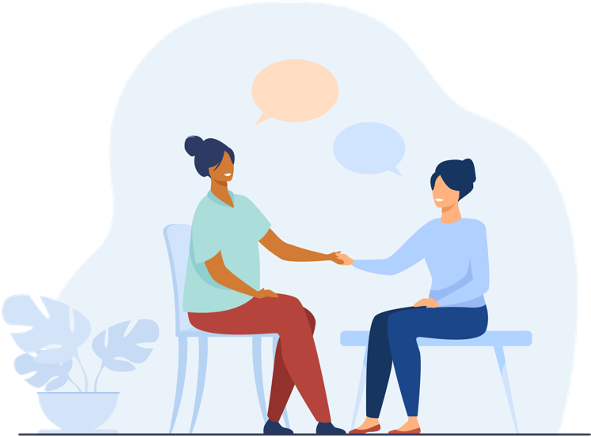
Barriers of Cultural Competence
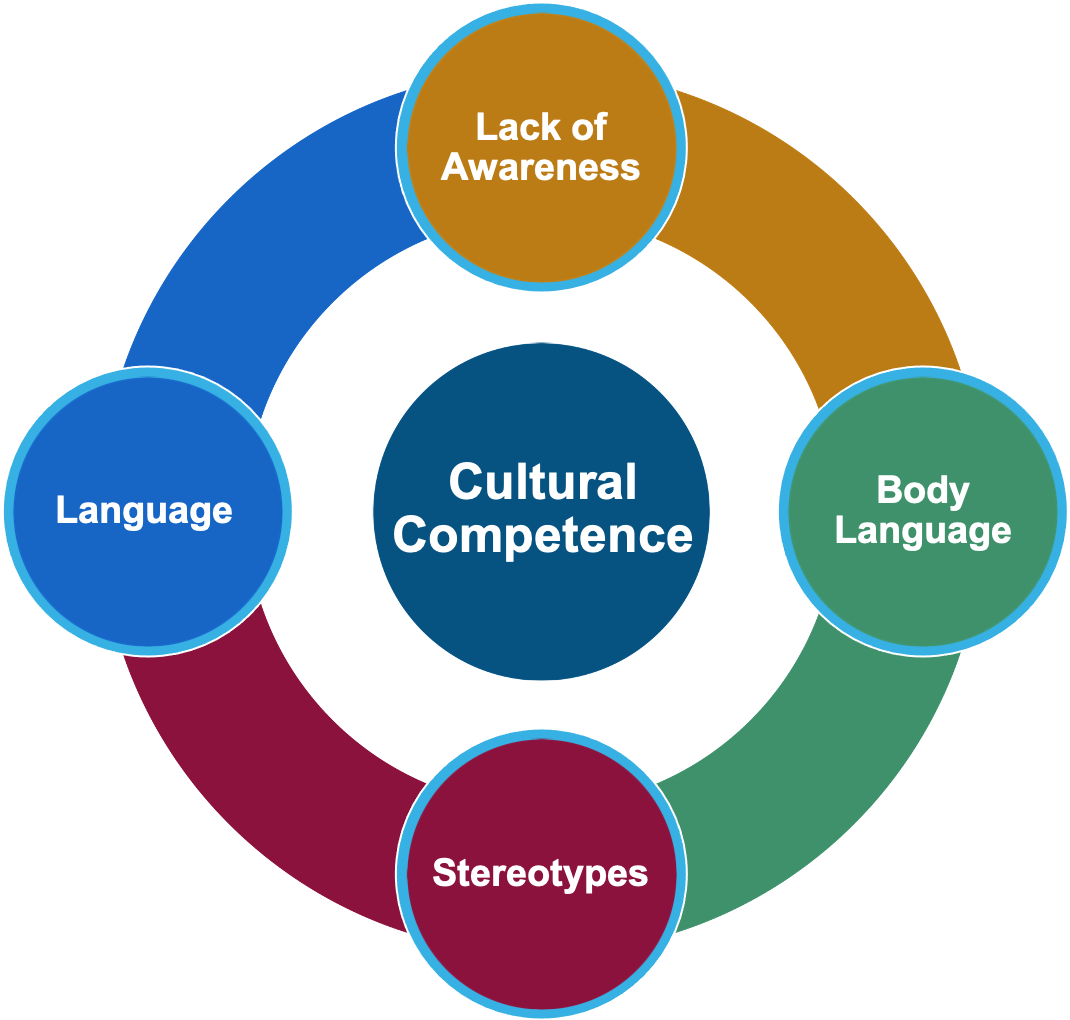
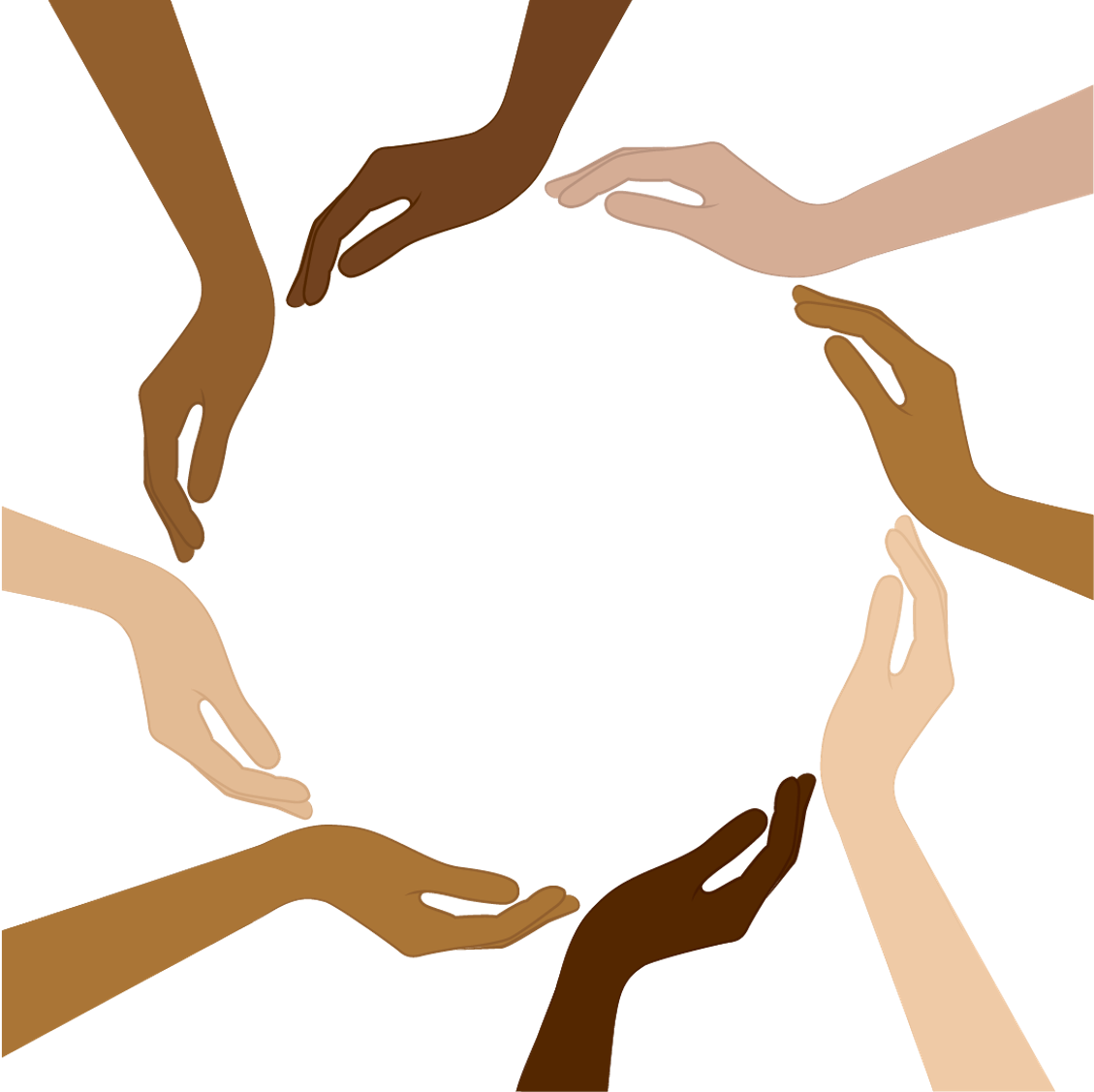
Ask Yourself...
• Does my behavior contribute to getting my work out and meeting our goals?
• Could my behavior offend or hurt others?
• Could my behavior be misunderstood as being harmful or harassing?
• Could my behavior be sending out signals that invite harassing behavior?
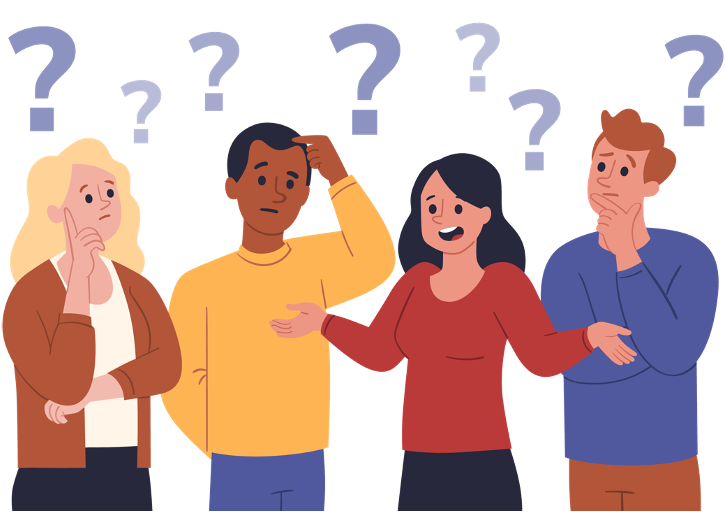
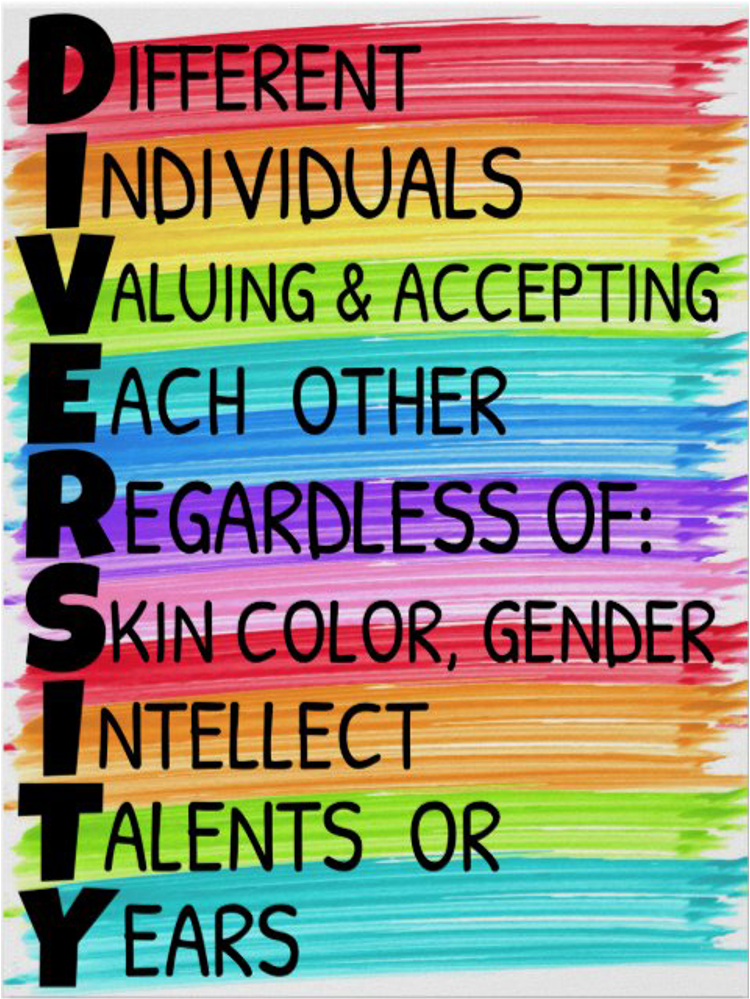
FWA QUIZ
Below is an 8 question quiz.
Complete your name and answer all 8 questions.
A score of 80% or better is required to pass
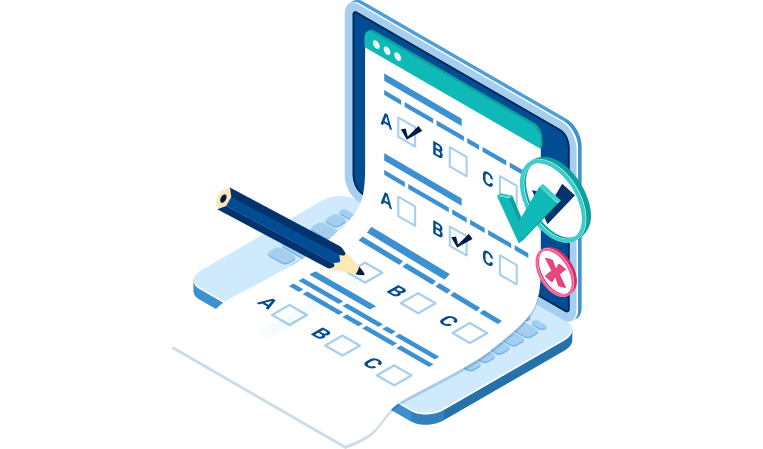

Time’s up
